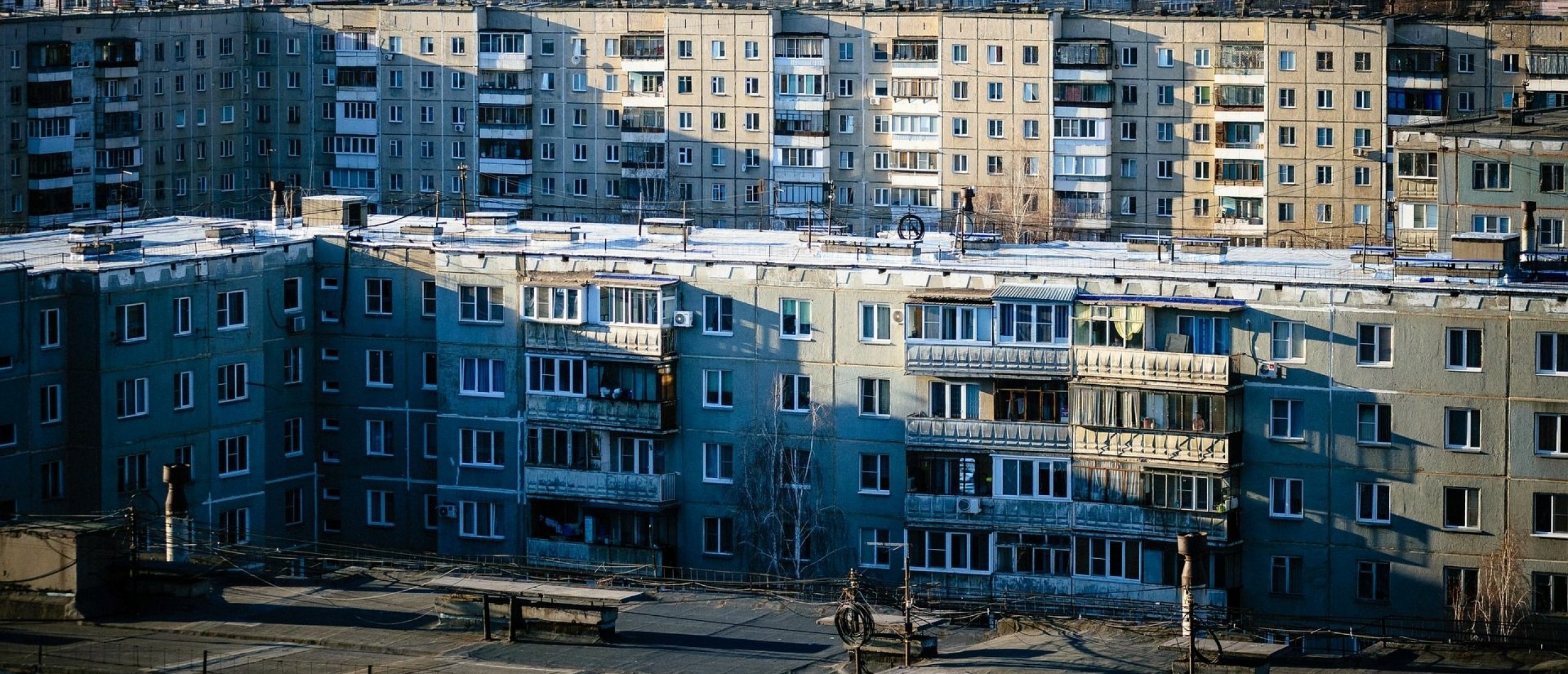
Why socioeconomic status matters
At Stressinsight, we focus primarily on stress in the workplace — but stress doesn’t begin or end at the office. Broader life conditions, such as financial insecurity, housing instability, and neighborhood safety, shape how stress builds up in the body and mind. These social and economic pressures affect how people experience work, recover from it, or even access it in the first place.
This article explores socioeconomic stress — the chronic pressure associated with living in deprived or under-resourced environments — and how it contributes to health problems, whether someone is working, looking for work, or unable to work at all.
Key Takeaways
- Socioeconomic stress comes from long-term financial strain, unsafe environments, and limited access to resources — not from a single event.
- Chronic exposure to these stressors increases cortisol, inflammation, and the risk of mental and physical illness.
- Stressors accumulate through the lifespan, affecting children, teenagers, and adults differently.
- Health inequality is closely tied to inequality in stress exposure, not only access to healthcare.
- Reducing socioeconomic stress requires structural solutions — stable housing, safer neighborhoods, financial security, and community support.
What Is Socioeconomic Stress?
Socioeconomic stress refers to the long-term psychological and physiological strain caused by disadvantaged social and economic conditions. Unlike short-term stress, which may arise from a single event, socioeconomic stress builds up through constant exposure to hardship — including financial strain, poor housing, social exclusion, and limited access to healthcare.
How Socioeconomic Status Affects Stress and Health
Scientific studies consistently show that socioeconomic status is directly linked to chronic stress. The relationship is gradient-based: even within relatively affluent populations, those with greater resources tend to enjoy better health than those with slightly less.
Research shows:
- Lower socioeconomic status correlates with higher cortisol levels, a key stress hormone
- Living in under-resourced areas is linked to greater risk of heart disease, cancer, and mental illness
- Area of residence can predict health outcomes more accurately than personal income alone
Daily Stressors in Low Socioeconomic Environments
People living in disadvantaged areas are often exposed to a convergence of stressors, including:
1. Environmental Stressors
- Noise pollution disrupting sleep and rest
- Air pollution increasing respiratory illness and inflammation
- Unsafe housing and infrastructure
2. Social Stressors
- Exposure to violence or high-crime areas
- Social isolation and limited community support
- Chronic uncertainty around housing or food security
3. Occupational and Financial Stress
Many individuals in socioeconomically disadvantaged communities face stress not only from low-paid, high-strain jobs, but also from unemployment, underemployment, or informal work. These roles often offer little control, low pay, and few benefits.
At the same time, being out of work can bring its own form of socioeconomic stress: persistent financial instability, loss of routine, and emotional distress. Whether due to precarious employment or lack of access to stable jobs, economic insecurity remains a major driver of chronic stress.
Chronic Stress in Disadvantaged Communities
Chronic stress is not just uncomfortable — it’s biologically damaging. Long-term exposure to stress hormones like cortisol can lead to:
- Weakened immune function
- Elevated inflammation
- Sleep disruption
- Anxiety and depression
- Increased cardiovascular risk
For individuals in low-resource settings, these effects are often worsened by limited access to affordable healthcare or mental health support. At the same time, stress can fuel unhealthy coping behaviors — such as poor diet, smoking, or substance use — which in turn compound physical health risks.
Socioeconomic Stress Across the Lifespan
The effects of socioeconomic stress begin early and accumulate over time:
- Children raised in high-stress households are more likely to struggle with behavioral or emotional regulation
- Teenagers in unstable environments may experience depression, anxiety, or academic decline
- Adults who endure long-term economic pressure often develop chronic health conditions earlier in life and may have shorter life expectancy
One longitudinal study in the U.S. and U.K. found that residential area predicted cardiovascular and cancer mortality more reliably than individual income. The effects were especially pronounced for adults between 25 and 54 years old.
The Health Gap Is a Stress Gap
Discussions about health inequality often focus on medical access. But research shows that stress exposure itself is a critical — and often overlooked — factor.
To truly improve health outcomes, we must address:
- Financial insecurity
- Housing instability
- Education and employment access
- Chronic exposure to unsafe environments
- Social support availability
Stress Doesn’t Start at Work — And It Doesn’t End There
Socioeconomic stress is a widespread public health issue. It doesn’t just affect individuals — it impacts families, communities, and national health systems. And it doesn’t only show up in hospitals or clinics — it shows up in how people work, relate to others, and recover from pressure.
At Stressinsight, we believe that understanding the broader roots of stress is essential — including the stress caused by economic inequality and chronic insecurity. Many people who experience workplace stress are also carrying the weight of socioeconomic strain. Others may not be in the workforce at all due to that same pressure.
To tackle chronic stress effectively, we must go beyond individual strategies and look at the structures that shape everyday life. Reducing stress means creating conditions where people have not just fewer demands — but more resources to meet them.
So if you are feeling overwhelmed by chronic pressure, know that you don’t have to push through alone.
Download the free guide “5 Micro-Actions to Regain Control Before You Burn Out.”
Science-based, practical, and only takes 5 minutes to read.












